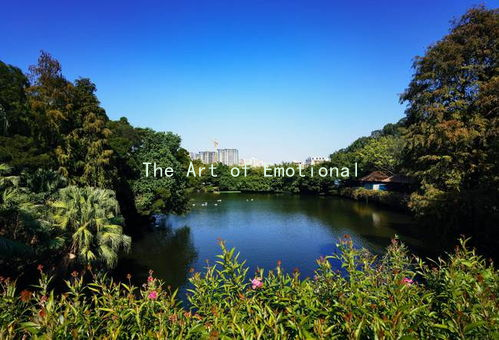The Art of Connection: Philosophical Approaches to Enhancing Romantic Communication
In the intricate landscape of human relationships, communication serves as the cornerstone that binds individuals together. When it comes to romantic connections, effective communication transcends mere exchange of words; it involves emotional resonance, understanding, and the ability to convey one’s true self. To explore this art further, we can draw upon philosophical approaches that enhance our romantic communication.
One of the most profound philosophical frameworks to consider is the concept of vulnerability, championed by thinkers like Søren Kierkegaard. He posited that true connection requires the courage to expose our authentic selves. In romantic relationships, being vulnerable means sharing your fears, aspirations, and insecurities. This openness fosters trust and allows partners to empathize with one another on a deeper level. In practice, this might involve initiating a conversation about personal fears related to the relationship or discussing past experiences that shaped one’s view of love.
Another useful perspective is the Socratic method, which emphasizes the importance of dialogue and inquiry. Rather than imposing opinions or judgments, engaging in meaningful conversation through open-ended questions can illuminate your partner’s thoughts and feelings. Questions like “What do you value most in a relationship?” or “How do you envision our future together?” not only encourage deeper understanding but also demonstrate genuine interest in your partners worldview. This can help both individuals feel heard and validated, which is essential for fostering a strong emotional bond.
Furthermore, the existentialist perspective encourages individuals to embrace the freedom and responsibility of choice within relationships. Jean-Paul Sartre’s ideas underscore that individuals are not mere products of their environment; rather, they have the power to shape their experiences through their choices. In communication, this translates to taking responsibility for your own feelings and expressing them candidly. For instance, instead of saying, “You always ignore me,” one could frame it as, “I feel neglected when we don’t spend quality time together.” This shift not only takes accountability for ones emotions but also opens a pathway for constructive dialogue.

The concept of balance in communication is also vital. Inspired by Aristotle’s notion of the “Golden Mean,” a balanced approach to romantic communication involves finding harmony between expressing needs and listening actively. It’s essential to articulate one’s desires while being attuned to a partner’s responses. A healthy dialogue recognizes that both partners have valid needs and feelings, creating a space where both can thrive. This equilibrium often leads to more productive discussions about future plans, potential conflicts, and personal goals.
Lastly, the practice of mindfulness, rooted in Buddhist philosophy, can significantly enhance romantic communication. By being present and fully engaged during conversations, individuals can interact authentically and compassionately. Mindfulness encourages individuals to listen not just to respond but to truly understand their partners perspectives. This can involve putting aside distractions during talks, maintaining eye contact, and demonstrating empathy through body language and verbal affirmations.
In conclusion, the art of romantic communication benefits significantly from philosophical insights that emphasize vulnerability, inquiry, responsibility, balance, and mindfulness. These approaches create a rich tapestry of understanding, respect, and emotional connection, elevating the quality of interactions between partners. By integrating these principles into romantic relationships, individuals can foster deeper bonds and navigate the complexities of love with grace and authenticity.





